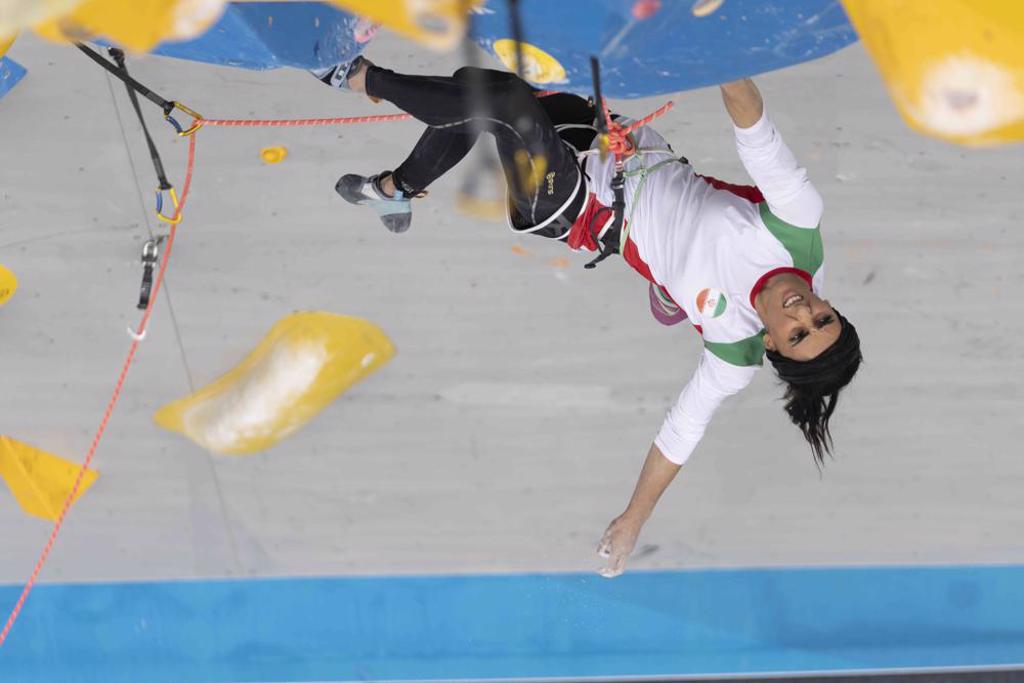相关文章

伊朗女攀岩手出赛未包头巾 事后解释疑强迫自白
伊朗女子竞技攀岩好手雷卡比在韩国出赛时未包伊斯兰头巾,外界普遍认为她藉此力挺艾米尼之死引发的抗议潮。一度失联的她现身后称未包头巾「非出于故意」,被质疑遭强迫自白。
路透社报导,33岁雷卡比(Elnaz Rekabi)代表伊朗在韩国参加亚洲锦标赛,比赛画面可以看到她没有包头巾攀爬攀岩墙。在此之前,22岁库德族女子艾米尼(Mahsa Amini)因「不当着装」而遭道德警察逮捕,9月16日在拘留期间死亡,诉求推翻体制内神职机构的抗议风潮自此席卷伊朗各地。
英国广播公司(BBC)波斯语网稍早报导,雷卡比友人因无法联繫上她,担心她的安危。伊朗驻韩国大使馆则在推特上推文,对她赛后失踪的报导予以否认。
雷卡比后来在Instagram帐号发文,表示自己正随代表团在返回伊朗途中,强调没有包头巾出赛并非出于故意,而是「赛程安排很糟糕,我被临时叫去上场」。
由 Diwan 撰写

儿童权利委员会敦促伊朗立即停止杀害和拘留儿童
据报道,在伊朗近期的和平抗议活动中,至少有23名儿童遭到伊朗安全部队杀害,有数百儿童受伤、被拘留并遭受酷刑。联合国儿童权利委员会今天发表声明,谴责伊朗严重侵犯儿童权利的行为,并敦促当局停止一切针对儿童的暴力行径。
委员会重申伊朗有义务尊重和保护儿童的言论自由与和平抗议的权利。包括女童在内的许多儿童通过抗议的方式来表达他们对自己关心的问题的看法。伊朗当局不应采用任何程度的武力扼杀他们发声的权利。
委员会强烈敦促伊朗停止使用武力镇压和平抗议,并保护参加和平示威的儿童。
委员会呼吁:“需要独立且公正的有关当局对伊朗严重侵犯儿童权利的行为展开彻底的调查,并起诉相关责任人。”
委员会将继续密切监测伊朗局势,并与其他有关人权机构保持密切联系,以结束伊朗严重侵犯儿童权利的行为。
由 Diwan 撰写

